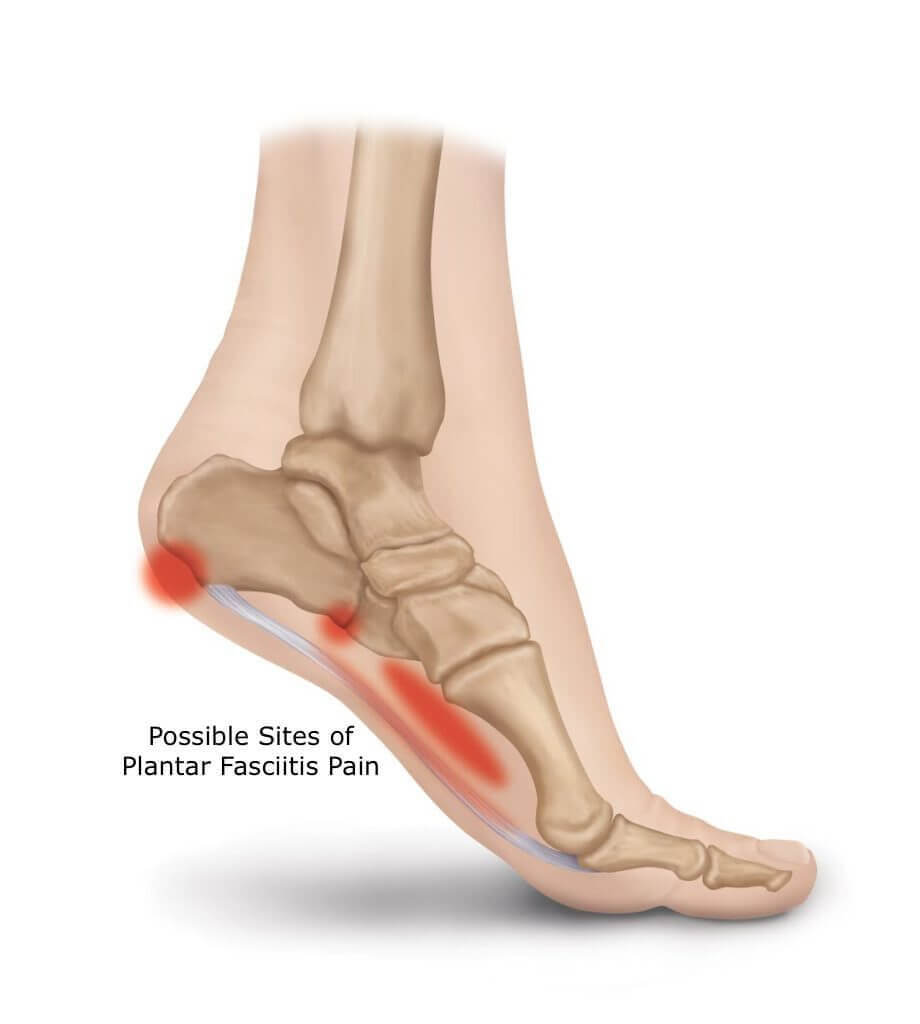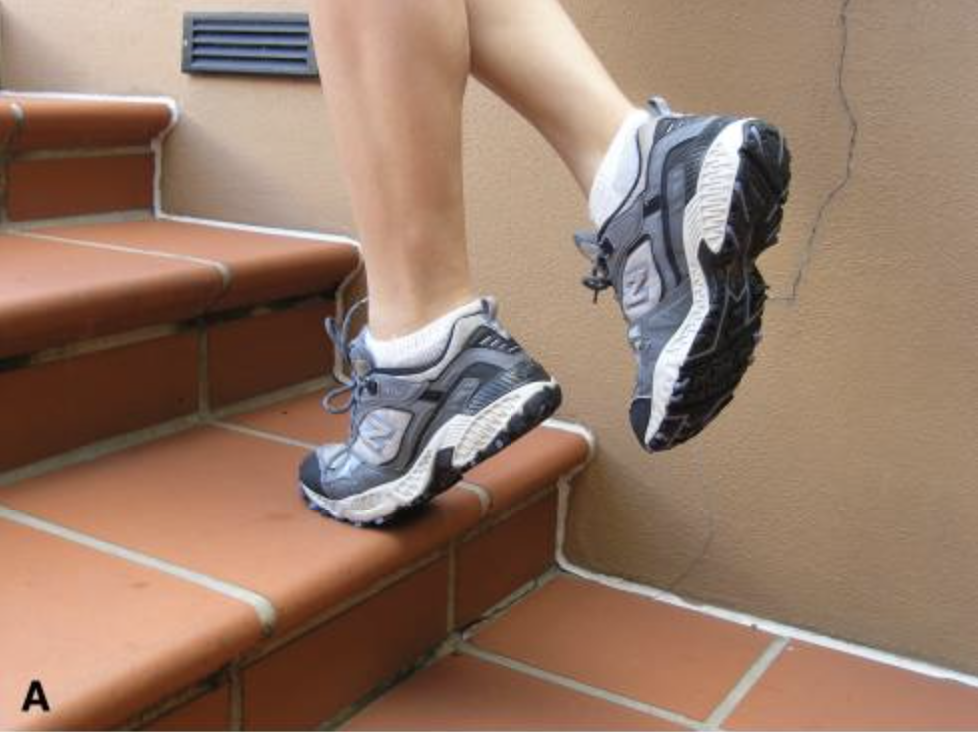Tendinopathy is one of the most common overuse injuries physical therapists treat. Most commonly it has been treated with massage and anti-inflammatory medications or injections. However, studies are discovering that exercise is probably the best way forward in treating tendinopathy. Let’s look at why exercise is the best treatment for tendinopathy.
What is tendinopathy?
The term tendinopathy is a generic descriptor of the clinical conditions (both pain and pathological characteristics) associated with overuse in and around tendons.[1] Recent basic science research suggests little or no inflammation is present in these conditions. Thus, traditional treatment modalities aimed at controlling inflammation such as corticosteroid injections and nonsteroidal anti-inflammatory medications (NSAIDS) may not be the most effective options. [2]
The most common types of tendinopathy include plantar fasciitis, Achilles tendinitis, patellar tendinitis, tennis elbow, golfer’s elbow, and supraspinatus tendinitis.

How do you get tendinopathy?
Most commonly tendinopathy is an overuse injury.
What are the symptoms?
The classic presentation is one of increasing pain at the site of the affected tendon, often with an increase in activity. Usually, the pain is load-related.
In very early tendinopathy, pain may be present at the beginning of an activity and then disappear during the activity itself, only to reappear when cooling down if the activity is prolonged, or to be more severe on subsequent attempts to be active. The patient is usually capable to localize the pain rather clearly and the pain is described as ‘‘severe’’ or ‘‘sharp’’ during the early stages and sometimes as a ‘‘dull ache’’ once it has been present for some weeks.[3]
How is tendinopathy treated?
Traditionally, pain in and around tendons associated with activity has been termed tendonitis. This terminology implies the pain associated with these conditions results from an inflammatory process. Not surprisingly, treatment modalities have mainly been aimed at controlling this inflammation. The mainstays of treatment have included rest, nonsteroidal anti-inflammatory medications (NSAIDs), and periodic local corticosteroid injections.
There is, however, mixed data to support its use. Stretching and strengthening programs are a common component of most therapy programs. Therapists also use other modalities, including friction massage, ultrasound, iontophoresis, deep transverse friction massage, low-level laser therapy, extracorporeal shock wave therapy and hyperthermia.
Eccentric strengthening programs have recently been advocated in the treatment of tendinopathy. Studies have shown improvement in the eccentric strengthening group compared to a “no treatment” group at 4 months. A recent study found a 12-week course of eccentric strengthening exercises was more effective than a traditional concentric strengthening program for treating Achilles and patellar tendinopathy in recreational athletes. [4]
Studies of Tennis Elbow (lateral epicondylitis) showed that eccentric strengthening showed a considerable improvement in pain, strength, and function compared with the control group. A similar study showed no difference among patients assigned to stretching and icing alone, stretching and icing with eccentric strengthening, or stretching and icing with concentric strengthening.
There are a wide variety of modalities available to physical therapists, and it is difficult to predict which technique or group of techniques a given therapist will utilise. Many modalities have not been studied as extensively, but have similar conflicting results in the literature.
Corticosteroid injections have been a mainstay in the treatment of tendinopathy. Despite their widespread use, there is some controversy as to their usefulness and safety in this setting. While some studies show good short-term (under 6 weeks) pain reduction, long-term (over 6 months) efficacy has not been demonstrated. There is also a question of safety, with reports of tendon rupture on injection. Such injections should be performed under ultrasound to ensure it is performed paratendinous rather than intra-tendinous.
What is eccentric exercise?
Eccentric muscle action is an overall lengthening of a muscle as it develops tension and contracts to control motion performed by an outside force. For example, your calf muscle shortens to rise onto your toes but lengthens to control your descent. The lowering phase is an eccentric contraction. [5]
Three basic principles in an eccentric loading regime are proposed [6]:
- Length of tendon: if the tendon is pre-stretched, its resting length is increased, and there will be less strain on that tendon during movement.
- Load: by progressively increasing the load exerted on the tendon, there should be a resultant increase in the inherent strength of the tendon.
- Speed: by increasing the speed of contraction, a greater force will be developed.
In general, it would be reasonable to treat a patient with tendinopathy with physical therapy involving a program of eccentric exercises, to be performed for twelve weeks.
Within a myotherapy treatment, we can assess where there are weaknesses and overactivities in the body. These can be treated with massage, stretching and self-myofascial release, such as foam rolling. While musculature weaknesses can be treated with strengthening. A treatment plan and a strengthening program will be made in your initial appointment.
References
- https://www.physio-pedia.com/Tendinopathy#cite_note-4
- https://www.ncbi.nlm.nih.gov/pmc/articles/PMC2505250/
- https://www.physio-pedia.com/Tendinopathy#cite_note-18
- https://www.ncbi.nlm.nih.gov/pmc/articles/PMC2505250/
- https://physioworks.com.au/physiotherapy-treatment/eccentric-strengthening-program/
- https://www.physio-pedia.com/Tendinopathy#cite_note-maffuli_1-21



